
The differences between a mini PC and a stick PC
Size
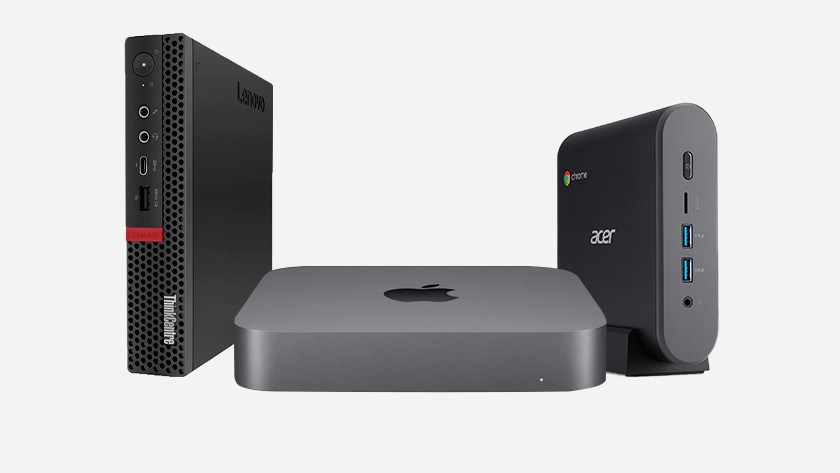
Mini PC: small size, good performance
In terms of size, the mini pc is the largest of the two. A mini pc is often the same size or even smaller than a book. The advantage is that a mini PC takes up little space on your desk and even fits behind a monitor. Despite its size, a mini PC is like a real desktop in terms of performance, in contrast to a stick PC.
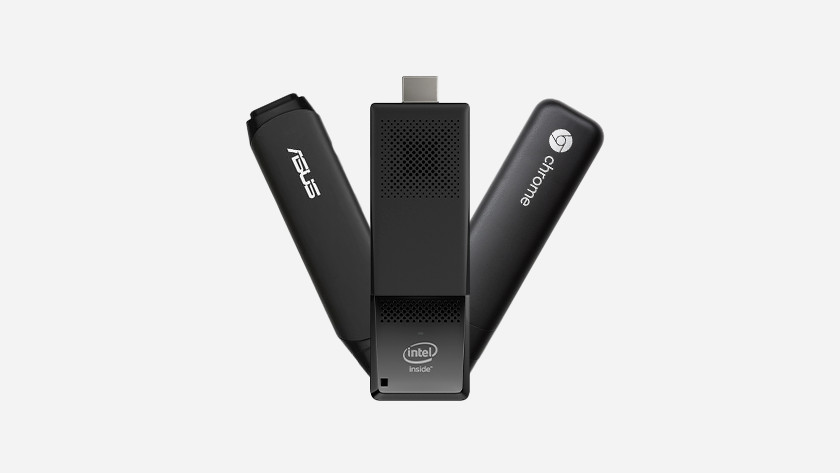
Stick PC: smallest type of computer, but no powerful hardware
A stick PC is kind of a large USB flash drive and has about the same size as a smartphone. This makes a stick PC even easier to transport than a mini PC. Whether it it's in your pocket or in a backpack, a stick PC fits everywhere. This is the biggest advantage of a stick PC compared to a mini PC. The mini PC delivers a better performance than the stick PC, unless you're not a demanding user.
What do you use the PC for?
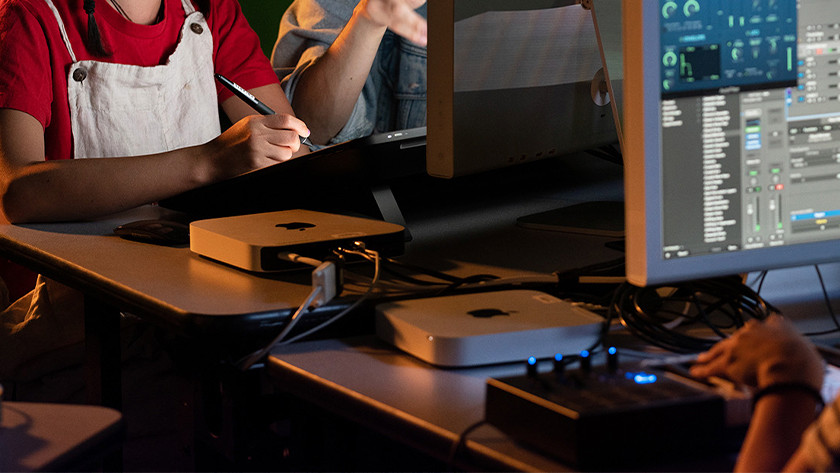
Mini PC: from browsing the internet to video editing
A mini PC is available in various hardware versions. There are mini PCs for basic tasks, such as browsing the internet or sending emails, but also for video editing. As a result, there is always a mini PC that meets your needs. Of course, the better the hardware of the mini PC, the higher the price. If you're not planning to use demanding software, a stick PC is sufficient.
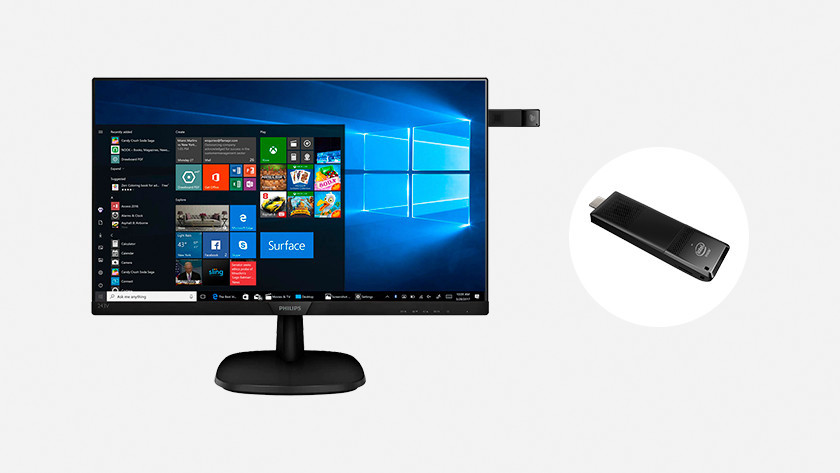
Stick pc: only suitable for internet and email
Although a stick PC is easy to transport and can be connected to both a TV and a monitor, it has somewhat limited options. In many cases, the hardware of a stick PC can only handle internet browsing or text processing. If you want to use more demanding programs, for example for photo editing, a stick PC isn't sufficient. It's smarter to choose a mini PC with more powerful parts.
Barebones vs mini PC
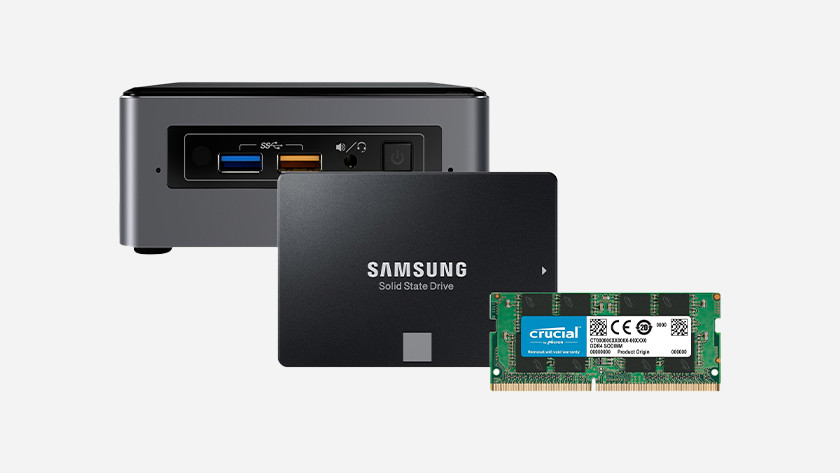
Barebones: choose your parts yourself
Barebones also fall under the mini PC category, but they're slightly different. A barebones PC only contains a processor and motherboard, so you're free to choose the amount of RAM and storage and the operating system. You can build a barebones entirely according to your own wishes. Whether you want Windows or macOS and 16GB or 32GB RAM: everything is possible. This does mean the total price is higher than that of a ready-to-use mini PC.
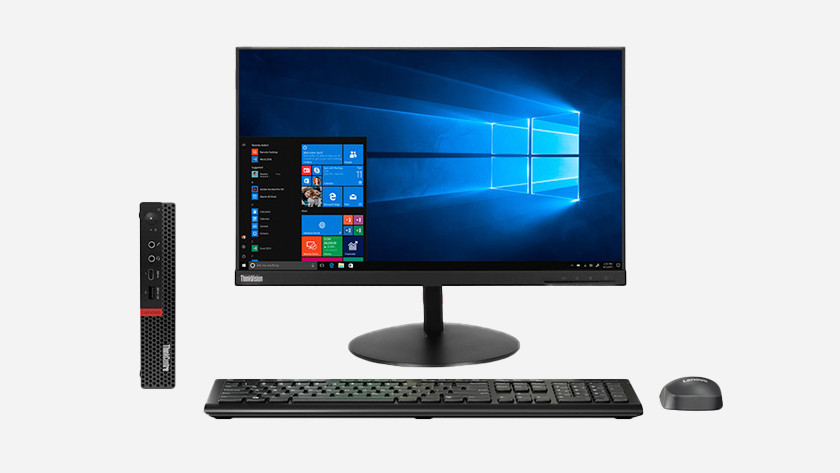
Mini PC: ready for use right away
A mini PC is pre-assembled and ready for use right after you've unpacked it and set it up. This is especially useful if you don't want too much fuss and want to use your PC right away. Unlike the barebones, you do have fewer options to upgrade your hardware or assemble the PC yourself. If you're planning to upgrade the hardware of your PC in the future, a barebones is more your kind of PC.
Conclusion
Which kind of mini PC is suitable for you mostly depends on what you want to use it for. If browsing the internet or text processing are your main activities and want to take the PC with you, choose a stick PC. If you're going to use more demanding programs and you're (probably) not going to upgrade the PC, choose a mini PC. If you want to assemble something yourself and keep it up-to-date, choose a barebones. You can build the ultimate PC for you, but this option is more expensive than the alternatives.


